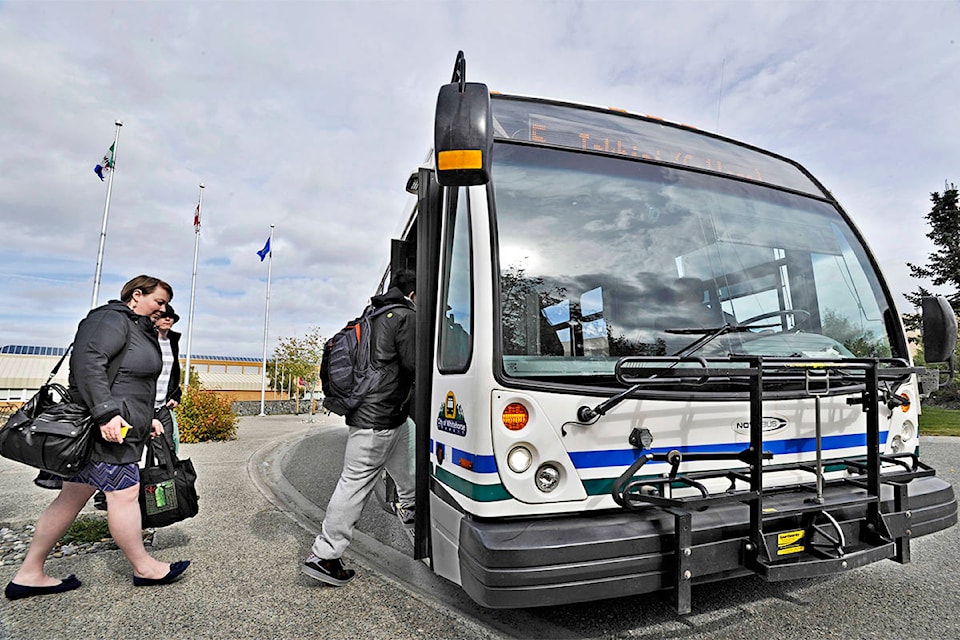Don’t carry cash, but need to take the bus?
Want to know exactly when a bus will arrive before heading to the bus stop at 30 below?
Major tech changes dealing exactly with those type of issues could be coming to Whitehorse if the city moves forward with a request for proposals in July.
City transit manager Cheri Malo outlined the possibilities in a report to city council June 17, updating members on how the department is moving ahead with implementing three major pieces of the Transit Master Plan adopted in 2018.
The first would provide a range of technology options for accepting fares, providing real-time scheduling information as well as giving the city improved data about the system.
‘The next generation of Whitehorse Transit requires cost-effective technology solutions that continually enhance the rider experience to grow ridership while providing data and data analytics to help make Whitehorse Transit services sustainable, both financially and environmentally,” Malo stated in her report, adding the RFP for the technology aspect is expected to be released in July.
Major changes for the Handy Bus system could also be coming as the city explores the possibility of a third party providing the service, which is available for those unable to use the conventional transit system.
The master plan calls for a more efficient system and as Jeff O’Farrell, the city’s director of community and recreation services, told council the territory’s funding (at about $225,000 per year) for the service is scheduled to end on Dec. 31, after an extension was granted from the original end date of March 31.
The service had been originally started by the Yukon government and was later passed on to the city with the territory paying for it. The Yukon government now funds about 75 per cent.
O’Farrell said the city is now in discussions with the territory about future funding. The possibility of handing the service back to the territory has never come up, he said in response to questions from council. Rather, the city and Yukon government are talking about what alternatives for the system could look like.
That possibility could include local organizations providing the service with the city and/or territory funding it.
Malo said the other area of implementation the city is focused on is major changes to the system’s schedule and routes.
The system would see the elimination of full bus routes in low ridership areas in favour of a “home-to-hub” service provided to users in those areas where they could call in for a ride to the nearest transit hub.
Three main hubs at Yukon College/University, the Canada Games Centre and at Second Avenue and Steele Street would provide the major transfer points for all riders.
“The rationale supporting a new route structure is based on increasing the frequency of transit service in core areas of the community, thus leading to more spontaneous use (as opposed to planned use) of transit, an overall increase in transit ridership,” Malo stated in her report.
It’s anticipated a new route schedule will come forward in 2020.
Malo said the current efforts will be the first part of implementing the transit plan with the city expected to pursue other recommendations - racks for snow bikes, branding and wi-fi on-board along with others - after the first priorities are addressed.
Contact Stephanie Waddell at stephanie.waddell@yukon-news.com
